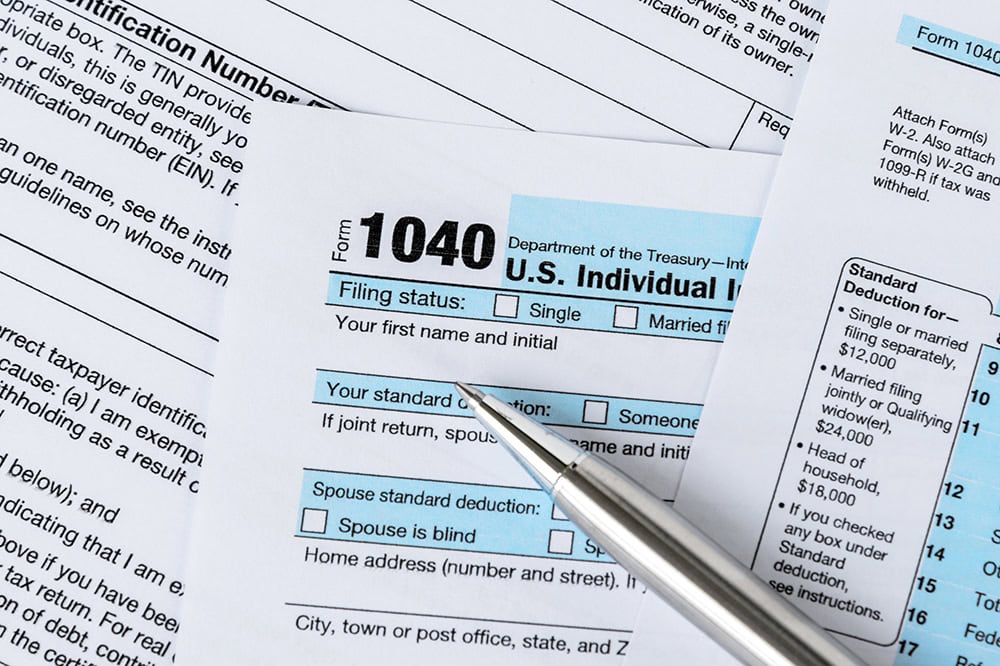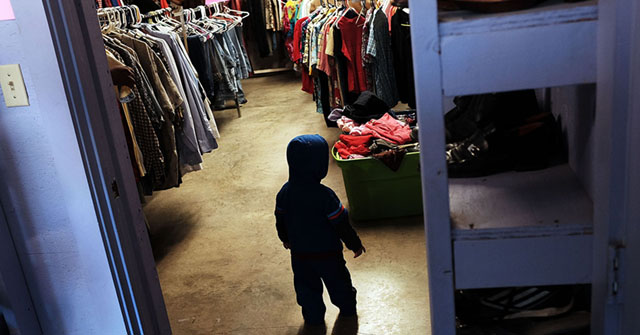U.S. Fiscal Confidence Falls to All-Time Low, Amid Rising Debt and High Inflation
The July 2022 Fiscal Confidence Index, Modeled after the Consumer Confidence Index, is 37 (100 is Neutral)
NEW YORK (July 26, 2022) — U.S. Fiscal Confidence fell to an all-time low as our national debt continues to grow and Americans face high inflation, rising interest rates, and economic uncertainty. Heading into this week’s new Congressional Budget Office outlook and the Fed’s next interest rate hike, the Peter G. Peterson Foundation’s Fiscal Confidence Index is 37 (100 is neutral), the lowest reading in the survey’s 10-year history.
The drop in the Concern portion of the Index to 27 from 35 is driven by 81% of voters who say their concern about the debt has increased, and 73% who believe the country is on the wrong track when it comes to addressing the debt. This increase in concern is being driven by Democratic women (34% right direction/58% wrong track, from 47%/48%), Republican men (4% right direction/95% wrong track, from 14%/85%), and voters ages 18 to 34 (20% right direction/77% wrong track, from 31%/64%).
An increasing number of voters (79%) think the president and Congress should spend more time addressing the debt. Three-in-four voters (73%) feel the debt should be a top-three priority for leaders, including 62% of Democrats, 75% of independents, and 85% of Republicans.
“Americans’ confidence in our fiscal outlook is weighed down by deep concerns about the national debt, an uncertain economic outlook and a lack of fiscal leadership,” said Michael A. Peterson, CEO of the Peterson Foundation. “The fact that this index has reached an all-time low is a clear message from voters across party lines that leaders must focus on our growing national debt. America’s leaders should listen closely to the concerns of voters who are calling on them to take action on available solutions that will put us on a stronger and more sustainable path.”
On Thursday, at 3 p.m., the Peterson Foundation will host a virtual Economic Forum featuring a conversation with CBO Director Phillip Swagel on the upcoming Long-Term Budget Outlook, and what it means in the context of the current economic and fiscal landscape. To register for the free event, click here.
The Fiscal Confidence Index measures public opinion about the national debt by asking six questions in three key areas:
- CONCERN: Level of concern and views about the direction of the national debt.
- PRIORITY: How high a priority addressing the debt should be for elected leaders.
- EXPECTATIONS: Expectations about whether the debt situation will get better or worse in the next few years.
The survey results from these three areas are weighted equally and averaged to produce the Fiscal Confidence Index value. The Fiscal Confidence Index, like the Consumer Confidence Index, is indexed on a scale of 0 to 200, with a neutral midpoint of 100. A reading above 100 indicates positive sentiment. A reading below 100 indicates negative sentiment.
Fiscal Confidence Index Key Data Points:
- The July 2022 Fiscal Confidence Index value is 37. (The June value was 39. The May value was 41.) The previous record low was 38 in October 2013, at the time of a government shutdown.
- The current Fiscal Confidence Index score for CONCERN about the debt is 27, indicating deep concern about the debt. The score for debt as a PRIORITY that leaders must address is 31, indicating that Americans want elected leaders to make addressing long-term debt a high priority. The score for EXPECTATIONS about progress on the debt is 53, an all-time low. The Fiscal Confidence Index is the average of these three sub-category scores.
- For a description of the complete methodology, see the Appendix below.
The Peter G. Peterson Foundation commissioned this poll by the Global Strategy Group and North Star Opinion Research to survey public opinion on the national debt. The online poll included 1,000 registered voters nationwide, surveyed between July 17, 2022 and July 19, 2022. The poll has a margin of error of +/- 3.1%. The poll examined voters’ opinions on the national debt, political leadership, and America’s fiscal and economic health.
Detailed poll results can be found online at: www.pgpf.org/FiscalConfidenceIndex.
About the Peter G. Peterson Foundation
The Peter G. Peterson Foundation is a nonprofit, nonpartisan organization that is dedicated to increasing public awareness of the nature and urgency of key fiscal challenges threatening America’s future, and to accelerating action on them. To address these challenges successfully, we work to bring Americans together to find and implement sensible, long-term solutions that transcend age, party lines and ideological divides in order to achieve real results. To learn more, please visit www.pgpf.org.
APPENDIX: Fiscal Confidence Index Methodology and Questions
- The Fiscal Confidence Index is released monthly by the Peter G. Peterson Foundation.
- The Fiscal Confidence Index value is based on six questions in three categories.
- As is done with the Consumer Confidence Index, the first step in calculating the Fiscal Confidence Index is determining the “Relative Value” for each question. This calculation is made by taking the positive response for each question and dividing it by the sum of the positive and negative responses. Each question was asked on a four-point scale, and answers were weighted according to intensity, with the strongest responses counting twice as much as the middle responses (“much” better or worse answers count twice as heavily as “somewhat” better or worse answers).
- The scores for the Concern, Priority, and Expectations categories are determined by averaging the scores derived from the two questions in each category.
- The Fiscal Confidence Index value is converted from the Relative Value to place it on a scale on which 100 indicates equal positive and negative sentiment, while values below 100 indicate negative sentiment and values above 100 indicate positive sentiment.
- The questions are as follows:
| CONCERN (27) | |||
|---|---|---|---|
| Thinking about our national debt over the last few years, would you say your level of concern has increased or decreased? ◊ Is that a lot or just a little? |
July 2022 | June 2022 | May 2022 |
| Increased a lot | 54% | 54% | 51% |
| Increased a little | 27% | 25% | 29% |
| Decreased a little | 5% | 7% | 5% |
| Decreased a lot | 2% | 3% | 3% |
| (No change) | 10% | 8% | 9% |
| (Don’t Know/Refused) | 2% | 3% | 3% |
| INCREASED (NET) | 81% | 79% | 80% |
| DECREASED (NET) | 7% | 10% | 8% |
| When it comes to addressing our national debt, would you say things in the United States are heading in the right direction or do you think things are off on the wrong track? ◊ Do you feel that way strongly or just somewhat? |
July 2022 | June 2022 | May 2022 |
| Right direction — Strongly | 8% | 10% | 11% |
| Right direction — Somewhat | 16% | 19% | 20% |
| Wrong track — Somewhat | 27% | 24% | 26% |
| Wrong track — Strongly | 46% | 44% | 39% |
| (Neither/Mixed) | * | 1% | 1% |
| (Don’t Know/Refused) | 3% | 3% | 3% |
| RIGHT DIRECTION (NET) | 24% | 29% | 31% |
| WRONG TRACK (NET) | 73% | 67% | 65% |
| PRIORITY (31) | |||
|---|---|---|---|
| Some people say that addressing the national debt should be among the president and Congress’ top 3 priorities. Do you agree or disagree? ◊ Do you feel that way strongly or just somewhat? |
July 2022 | June 2022 | May 2022 |
| Strongly agree | 49% | 51% | 52% |
| Somewhat agree | 24% | 24% | 25% |
| Somewhat disagree | 16% | 14% | 14% |
| Strongly disagree | 6% | 6% | 4% |
| (Don’t Know/Refused) | 5% | 6% | 5% |
| AGREE (NET) | 73% | 75% | 77% |
| DISAGREE (NET) | 22% | 20% | 18% |
| And when it comes to our national debt, do you think it is an issue that the president and Congress should spend more time addressing or less time addressing? ◊ Would you say a lot (more or less) time or just a little? |
July 2022 | June 2022 | May 2022 |
| A lot more time | 50% | 49% | 48% |
| A little more time | 29% | 29% | 33% |
| A little less time | 8% | 7% | 7% |
| A lot less time | 5% | 6% | 5% |
| (The same amount of time) | 4% | 4% | 3% |
| (Don’t Know/Refused) | 4% | 5% | 4% |
| MORE TIME (NET) | 79% | 78% | 81% |
| LESS TIME (NET) | 13% | 12% | 12% |
| EXPECTATIONS (53) | |||
|---|---|---|---|
| And thinking about our national debt over the next few years, do you expect the problem to get better or worse? ◊ Is that much (better or worse) or just somewhat (better or worse)? |
July 2022 | June 2022 | May 2022 |
| Much better | 6% | 8% | 8% |
| Somewhat better | 16% | 14% | 18% |
| Somewhat worse | 32% | 32% | 31% |
| Much worse | 41% | 41% | 38% |
| (No change) | 2% | 2% | 2% |
| (Don’t know/Refused) | 3% | 4% | 3% |
| BETTER (NET) | 22% | 22% | 26% |
| WORSE (NET) | 73% | 73% | 69% |
| And when it comes to our national debt, are you optimistic or pessimistic that the United States will be able to make progress on our national debt over the next few years? ◊ Would you say you are very (optimistic or pessimistic) or just somewhat? |
July 2022 | June 2022 | May 2022 |
| Very optimistic | 6% | 6% | 7% |
| Somewhat optimistic | 30% | 30% | 31% |
| Somewhat pessimistic | 36% | 33% | 33% |
| Very pessimistic | 23% | 26% | 24% |
| (Neither/Mixed) | 2% | 2% | 3% |
| (Don’t Know/Refused) | 4% | 2% | 2% |
| OPTIMISTIC (NET) | 36% | 35% | 38% |
| PESSIMISTIC (NET) | 60% | 59% | 57% |
Further Reading
Budget Basics: What Is the Child Tax Credit?
The CTC provides assistance to families with children, and while it represents a relatively modest part of overall government spending, it is one of the largest tax expenditures.
Budget Basics: Tax Expenditures
Tax expenditures can come in the form of exclusions, exemptions, deductions, and credits.
What Are the Economic Costs of Child Poverty?
Child poverty is higher in the United States than in other wealthy countries. Studies show that it has quantifiable economic costs.


